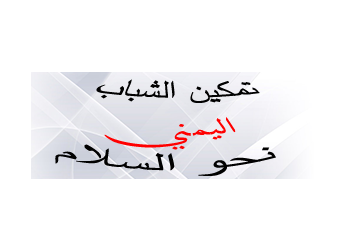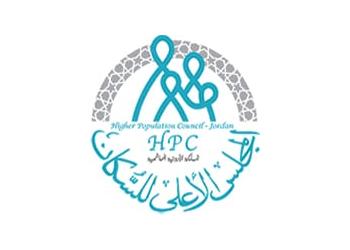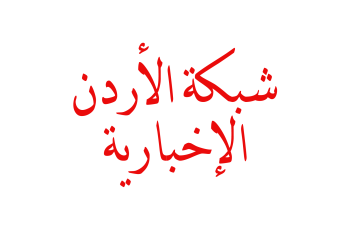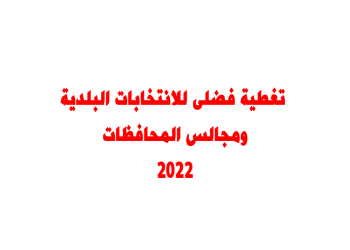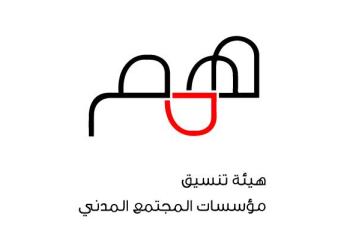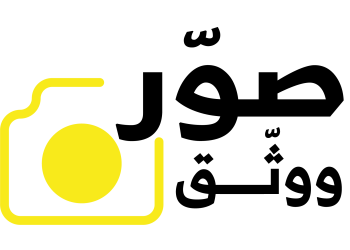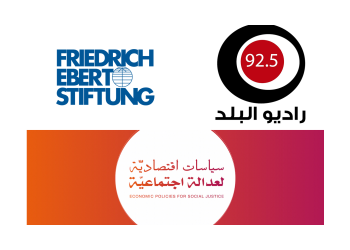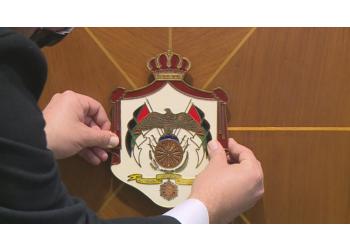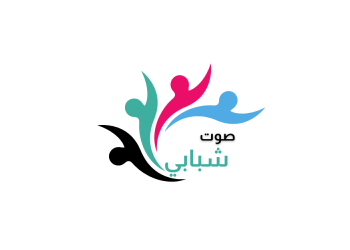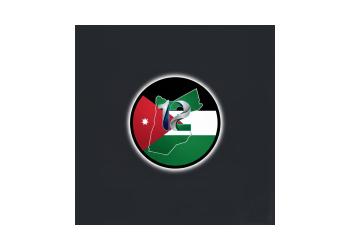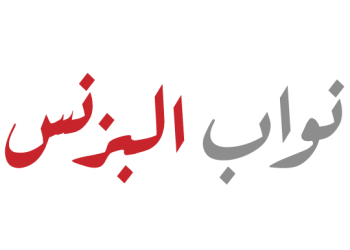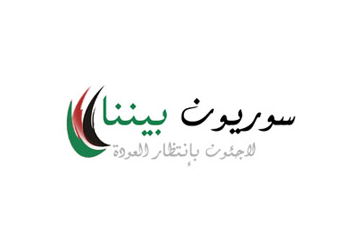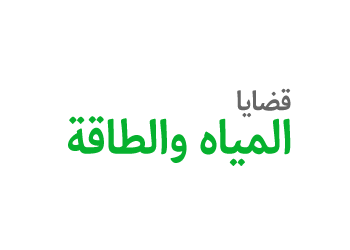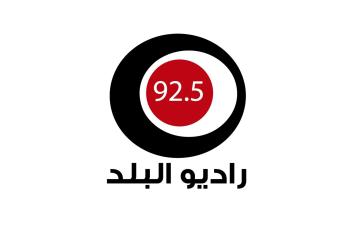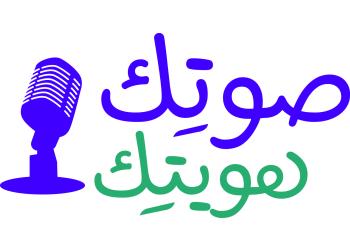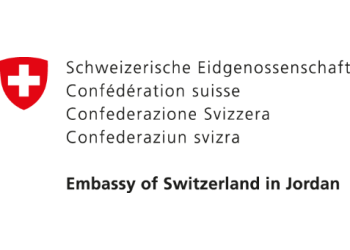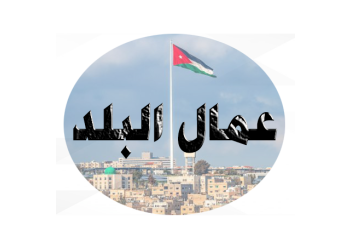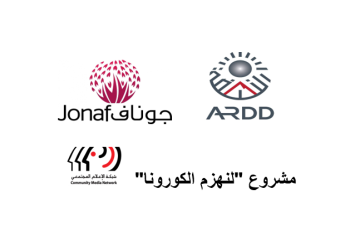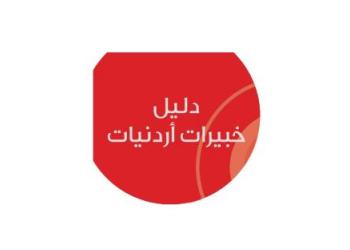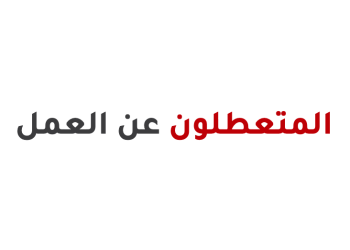Khaddam: The Mujib Dam has dried up due to over-pumping

The head of the Jordan Valley Farmers Union, Adnan Khaddam, said on Saturday that “the reasons for the drought of the Mujib dam are excessive pumping,” but the Secretary-General of the Jordan Valley Authority, Manar Mahasneh, attributed the dam’s drought to “the modest rainfall last year.”
Khaddam added, “The uses of the Mujib dam are to irrigate agricultural units; it is also used for drinking purposes, “that is, Miyahuna, Potash, irrigation, and industrial purposes are supplied.”
He pointed out that the capacity of the Mujib dam is 30 million cubic meters. He stated, “It is common knowledge in the water sector that the alarming red line for the water level in any dam is 40% of its capacity.
Mahasneh, said, “The Mujib Dam depends on rainfall, and last year the rainfall was modest, so the dams’ storage is low.”
Mahasna added that the liquefaction of the dam has been stopped since last month, as the authority is working on a study to find out (sediments) in the dam, according to the Kingdom. She pointed out, “The pumping of water from the Mujib dam is regular.”
She pointed out that “the uses of the Mujib dam are to irrigate agricultural units; it is also used for drinking purposes, “that is, Miyahuna and Potash are supplied, for irrigation and for industrial purposes.”
Mahasneh had previously told “AlMamlaka” that “the strategic reserve in all of Jordan’s 14 dams with (sediment) is currently 76 million cubic meters.” And she indicated, “Most of the dams depend on the rainy season, and with daily use of the dams, the dam can be dried up.”
With regard to King Talal Dam, she said: “The use of King Talal Dam is a different case from the rest of the dams, as it does not depend on rainfall only, but rather depends on the internal waters of Khirbet As-Samra.” According to a source, “the amount of water in King Talal Dam, which is the most important and most dangerous dam in Jordan, has reached the danger line, as the water is less than 40%.”
King Talal Dam
The spokesman for the Ministry of Water, Omar Salameh, said, on Wednesday, August 18, 2021, that the water situation in Jordan is “reasonable” in one way or another, thanks to the measures taken by the Ministry of Water, despite the great challenges of declining rainfall and declining water in dams.
Jordan, one of the world’s poorest countries with water, is currently focusing on the national carrier project extending from Aqaba to Amman, which provides 300 million cubic meters, in addition to the agreement signed between Jordan and Israel, for the purpose of supplying the Kingdom with quantities of water.
According to the Ministry of Water and Irrigation, the water deficit has reached 15 million cubic meters, and the spokesman for the Ministry of Water, Omar Salama, said, “The water situation is very critical and the rainy season has recorded only modest amounts that did not exceed 60%.”
Ministry added that it deals with dam waters with “high responsibility” according to the need and in regulated ways, and according to the available quantities.
The ministry stressed that “the water supply to all regions of the Kingdom for drinking purposes is going well in accordance with the approved plans and programs in light of water scarcity, especially this year.”
He pointed out that “dam stocks are low at less than 80 million cubic meters, especially in the dams that we use for drinking purposes, the Al-Wahda Dam and the Mujib Dam, and thus there will be severe pressure on us in securing water sources for the regions, and there will be a deficit in some of these areas as a result of modest quotas.”

Al-Wala Dam
In September 2021, the waters of Al-Wala Dam ran out; Due to the decrease in rainfall, according to Mahasneh.



